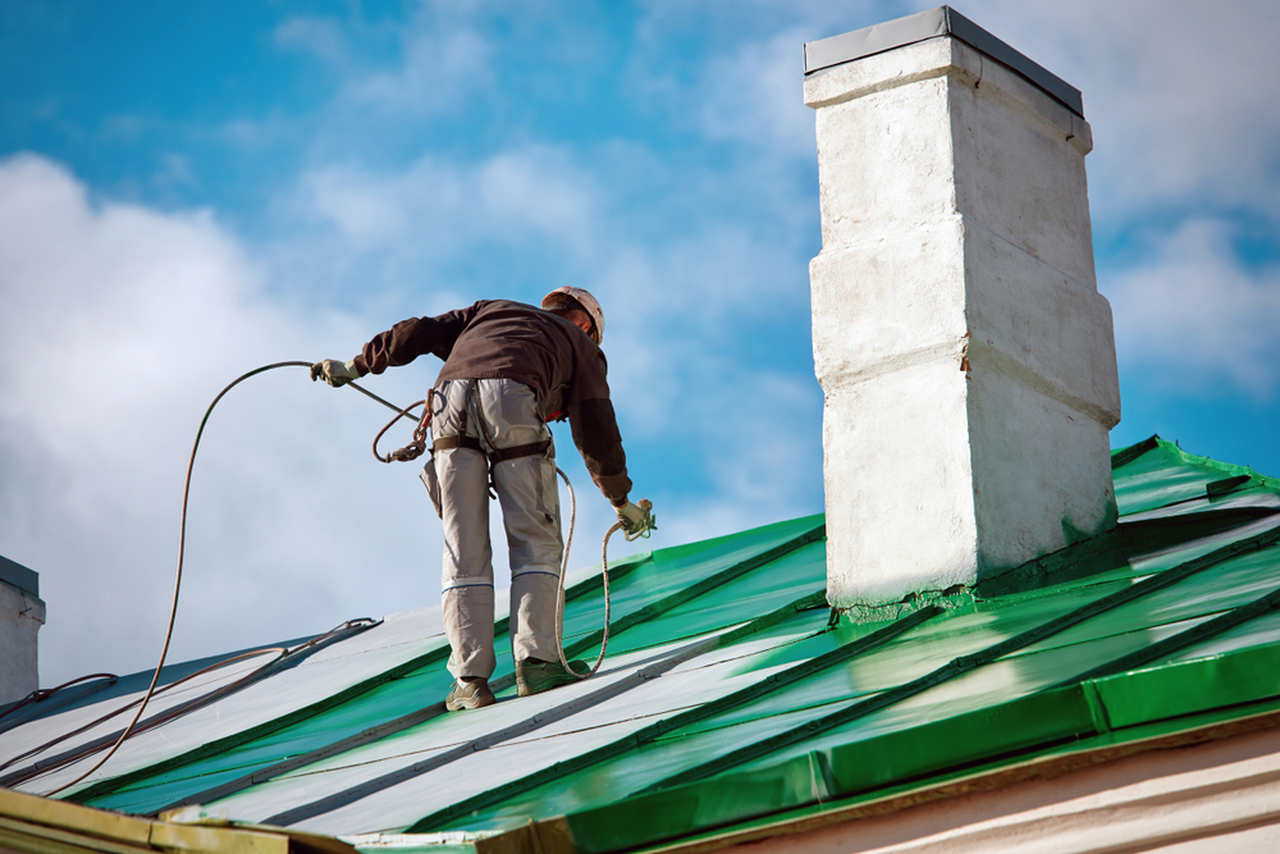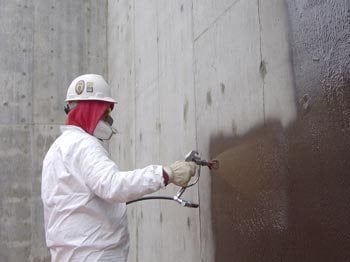Kinds of Waterproofing: Checking Out the Various Approaches and Their Applications
Waterproofing is a vital aspect of building and upkeep. It protects structures from the damaging results of water damage. There are several techniques offered, each with its special applications and advantages. From membrane systems to cementitious solutions, recognizing these options is necessary for effective implementation. The option of waterproofing approach can greatly impact toughness and durability. Checking out these various techniques reveals their distinct benefits and possible challenges, triggering further consideration of excellent services.
Membrane Layer Waterproofing Equipments
Membrane waterproofing systems offer as a critical barrier against water invasion in numerous structures. These systems generally contain slim sheets made from materials like rubber, thermoplastic, or bitumen, which are related to surface areas to avoid dampness infiltration. They can be installed over or listed below quality and are specifically reliable in locations susceptible to high water direct exposure, such as basements, roofing systems, and foundations.The setup process includes cleansing the substratum, using adhesives or guides, and exactly fitting the membrane layer to ensure full insurance coverage. Membrane layer systems can be either completely adhered, mechanically affixed, or laid loose, depending upon the details requirements of the task. They offer durability and adaptability, suiting structural movements without jeopardizing their waterproofing capabilities. Furthermore, these systems can be enhanced with added layers for enhanced defense. Ultimately, membrane layer waterproofing systems are vital for protecting frameworks against water damages and preserving lasting stability.
Liquid-Applied Waterproofing Coatings
Liquid-applied waterproofing finishings provide a versatile service for safeguarding surfaces from water seepage - Water Solutions. These coatings contain fluid materials that, when used, form a smooth, versatile membrane. Their versatility enables for application on various substrates, including concrete, metal, and timber. The finishes can be used in varied environments, from household to commercial setups, making them ideal for roof coverings, structures, and below-grade structures.One considerable advantage of liquid-applied layers is their capability to adhere to uneven forms and pass through splits, creating a durable barrier against dampness. They frequently exhibit excellent bond residential properties and resistance to UV radiation, making certain durability and toughness. Additionally, the application procedure is generally simple, permitting quick installment and decreased labor expenses. This method likewise decreases the threat of water pooling, as the constant layer properly routes water far from prone areas. In general, liquid-applied waterproofing coatings are an efficient selection for extensive water defense
Cementitious Waterproofing Solutions

Cementitious waterproofing remedies use a robust option for structures calling for reputable dampness protection. These systems mostly utilize a mix of cement, sand, and chemical additives to develop a water-proof obstacle. They are usually put on surfaces such as concrete wall surfaces, foundations, and floors, supplying a resilient, resilient protection versus water intrusion.One of the vital benefits of cementitious waterproofing is its ease of application; it can be used utilizing a brush, roller, or spray, making it ideal for various job dimensions. In addition, this approach is suitable with many surface areas and can usually be made use of along with various other waterproofing techniques.Cementitious services are specifically effective in settings where water direct exposure is a problem, such as basements or below-grade frameworks. Their outstanding bond homes assure that they bond well with substratums, giving a strong and impermeable layer versus wetness infiltration.
Bentonite Waterproofing
Bentonite waterproofing is a very effective approach that uses salt bentonite clay to produce a natural barrier versus water. This method manipulates the unique buildings of bentonite, which increases upon call with water, sealing any kind of potential leaks and stopping wetness seepage. It is frequently made use of in numerous applications, including blog here structure walls, passages, and preserving walls, where water resistance is essential.Bentonite can be applied in a number of kinds, such as panels or coverings, providing adaptability in setup. Its capacity to self-seal makes it an eye-catching choice for locations based on changing dirt or rising and falling water degrees. In addition, bentonite waterproofing is ecologically pleasant, as it is a natural product that does not present harmful chemicals right into the surroundings.
Water Drainage and Exterior Waterproofing Systems
Reliable waterproofing commonly involves a mix of methods, consisting of drain and external systems. Drainage systems, such as French drains and sump over at this website pumps, are developed to reroute water away from frameworks, minimizing hydrostatic stress against foundations. These systems are necessary in avoiding water buildup that can bring about architectural damage and mold growth.External waterproofing, on the other hand, involves applying protective obstacles to the building's exterior. Strategies such as the installment of waterproof membranes, finishings, or sealants can assist protect against water seepage. This approach not only shields the foundation but additionally improves the total durability of the structure.Together, drain and exterior waterproofing systems form a thorough option to manage water properly. By executing these methods, building owners can guard their investments against the destructive results of dampness, making certain long-lasting security and safety and security for their buildings.
Often Asked Questions
How Do I Pick the Right Waterproofing Method for My Project?
Picking the ideal waterproofing method relies on aspects such as task kind, environmental conditions, budget plan, and desired long life. Assessing these aspects enables informed decisions tailored to particular needs and needs.

Can Waterproofing Be Applied in Winter Conditions?
Waterproofing can be used in chilly weather condition conditions, yet it requires particular products and methods. Cold temperatures might impact healing times and attachment, demanding mindful choice of products developed for low-temperature application.
What Are the Common Indications of Waterproofing Failing?
Typical signs of waterproofing failing consist of visible water stains, peeling off paint, damp odors, mold development, and splits in wall surfaces or structures. Landscape drainage Omaha. These indicators suggest that moisture is passing through the obstacle, jeopardizing its performance
How Much Time Does Waterproofing Last Before Requiring Maintenance?
The long life of waterproofing varies, typically lasting between 5 to ten years. Aspects such as material quality, environmental conditions, and upkeep techniques influence its toughness, demanding regular examinations to guarantee reliable protection versus water invasion.
Exist Eco-Friendly Waterproofing Options Available?
The concern of environmentally friendly waterproofing choices exposes a growing rate of interest in lasting products (Basement waterproofing Omaha). Numerous natural materials, such as plant-based sealants and recycled items, supply effective options while minimizing environmental websites impact, appealing to eco mindful consumers